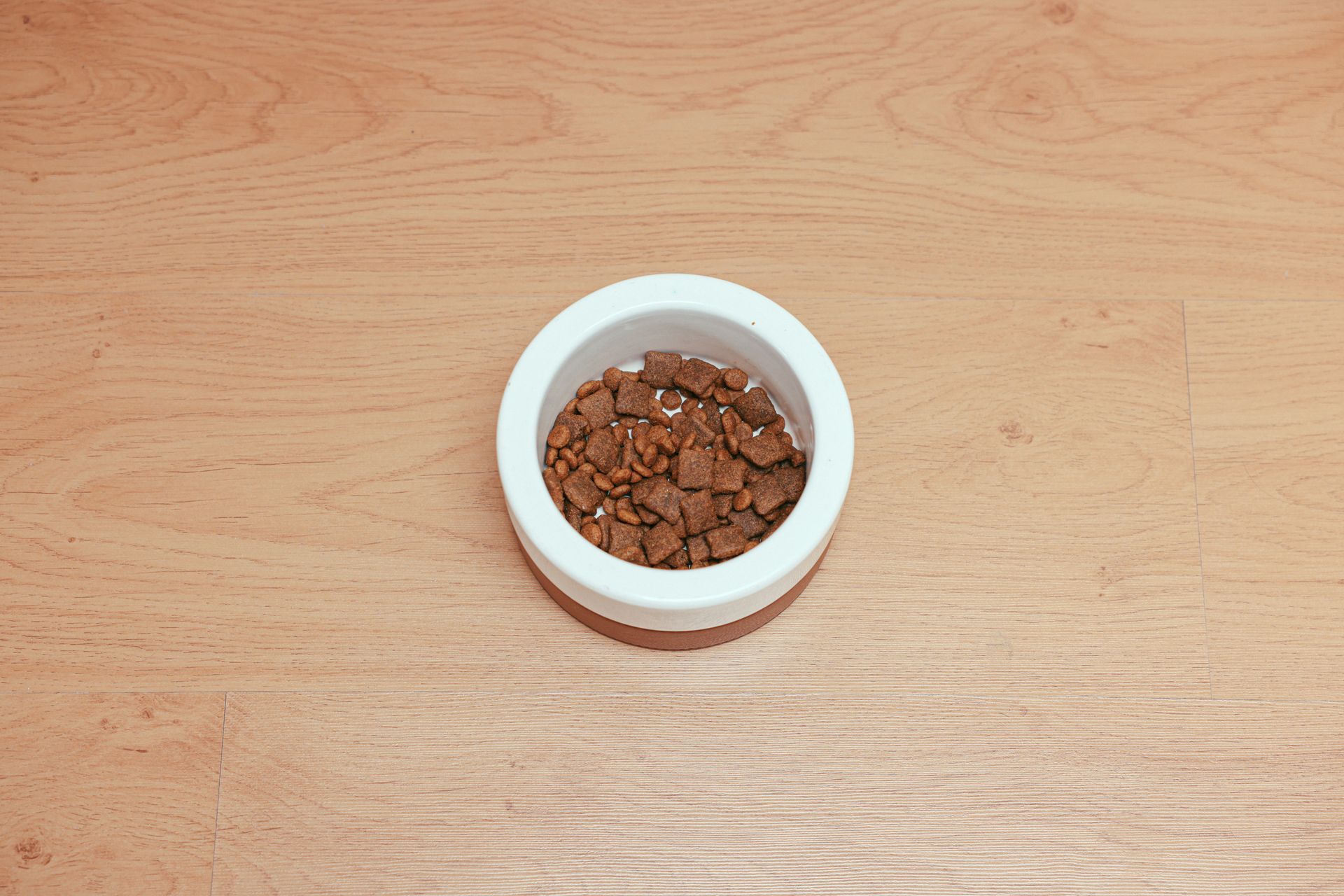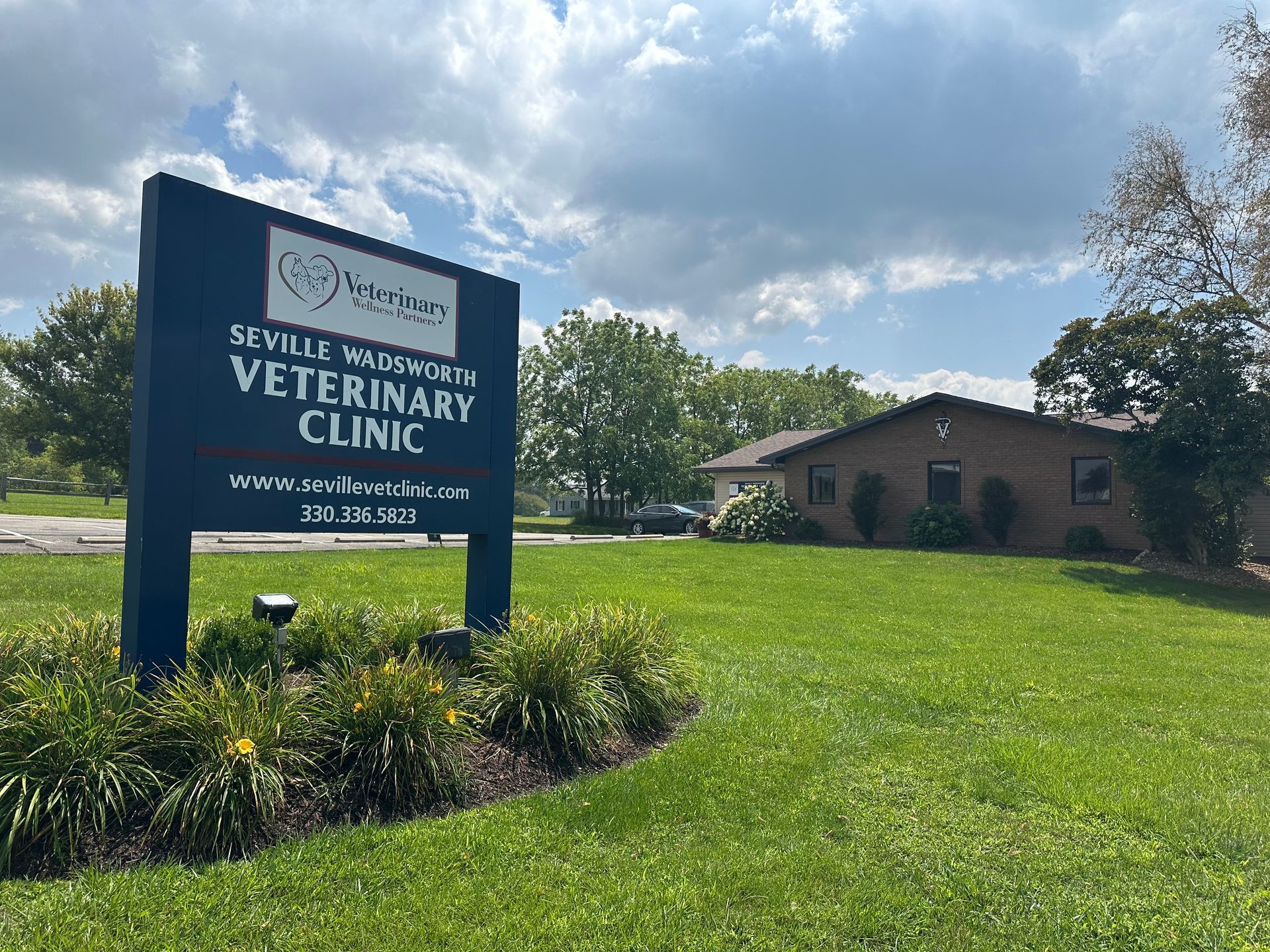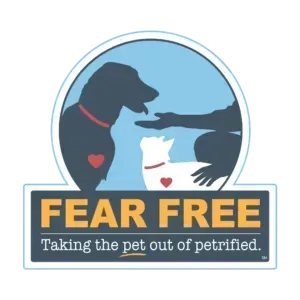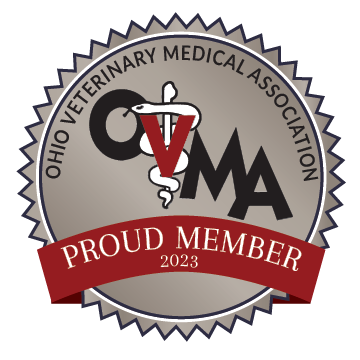The Flea Life Cycle
The Flea Life Cycle
Did you know that the most common flea problem in our area is actually the cat flea (Cetenocephalides Felis)? The cat flea is responsible for approximately 80% of the flea outbreaks in Ohio. The adult fleas tend to spend their mature lives on the host, although adult fleas can survive for several days in the environment. Survival in the environment is dependent upon the relative temperature and ambient humidity. After emerging from the pupated (think cocoon) stage, adult fleas migrate toward light and locate hosts through visual cues. The pupae are stimulated to hatch by the presence of vibrations on the ground and carbon dioxide.
Once on the host, adult fleas begin to feed on blood very rapidly (seconds to minutes). They begin to lay eggs within 1-3 days of the first blood meal. Female fleas can lay 50 eggs per day, and may continue to lay eggs for up to 100 days. Flea eggs fall into the environment, with the highest concentrations being found where the dog or cat spends the most time. These areas include bedding and play areas.
Flea eggs will hatch staring at 24 hours and continuing over a period 10 days. Once they have hatched, they enter their larval stage. These emerging larvae feed on flea feces and organic debris. They also migrate away from sunlight, often into carpets and soil. Flea larvae will go through 2 molts over the next 5-11 days before entering the pupae stage. While the flea larvae are quite susceptible to heat and desiccation, flea pupae are relatively resistant. Likewise, there are many available products to target the larval stage, but not the pupated stage.
The adult fleas begin to emerge from pupae in 5-9 days, contributing to the viscous cycle. If they fail to hatch, these pupae can remain dormant for several weeks to months until a host is found. Once again, these pupae emerge when they sense vibrations and carbon dioxide (two of the cues that a blood meal is in the area). A main reason that flea infestation can be difficult to control is due to the persistence of these dormant pupae in the environment.
The entire life cycle, from egg to adult flea, is completed in 3 to 8 weeks in most cases. In certain instances, the life cycle may extend to nearly 6 months if the temperature and ambient humidity are ideal. In our area, we do benefit from the cold season. These extreme temperatures help to control the flea life cycle because none of the flea life stages can survive prolonged (greater than 10 days) exposure to freezing temperatures. Unfortunately, this only extends to the environment, as it is thought that fleas can "over-winter" on urban wildlife (opossums, foxes, skunks, raccoons) and feral cats in northern climates. These pets then serve as sources of re-infestation for pets.
Here is a scary thought: the adult fleas that you can see only represent 5% of the entire problem. The breakdown of the life cycle is as follows:
Adult fleas: 5%
Pupated Stage: 10%
Larval Stage: 35%
Eggs: 50%
With the addition of our new veterinary website, we are striving to provide as much information to our clients as possible. We suggest using the search function to look for other informative articles within out website. We also suggest looking at the " News and Articles " section to see more information and to check on upcoming events. For an additional article discussing the prevention and control of fleas , please click here .
Our Akron Barberton Veterinary clinic was one of the first to see a heavy and persistnet resistance to many of the more common and popular topical flea control products. For that reason, we have transitioned to new, more effective flea control products. There are topicals and oral pills that now last up to 30 days to kill and prevent fleas. Please call us to discuss these options, as many are not as familiar with the product names as they were with many of the past products.
This article was adapted from a variety of sources, though it is based upon and article about “FLEA BIOLOGY”
by Christine L. Cain DVM, Diplomate ACVD University of Pennsylvania, School of Veterinary Medicine.
Article published and editied by Jeffrey R. Fink D.V.M.



CONTACT US
VETERINARY WELLNESS PARTNERS
LOCATIONS
COPYRIGHT © 2023 VETERINARY WELLNESS PARTNERS, INC. ALL RIGHTS RESERVED. BUILT BY BIRDEYE







